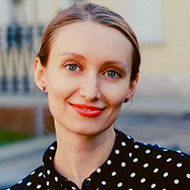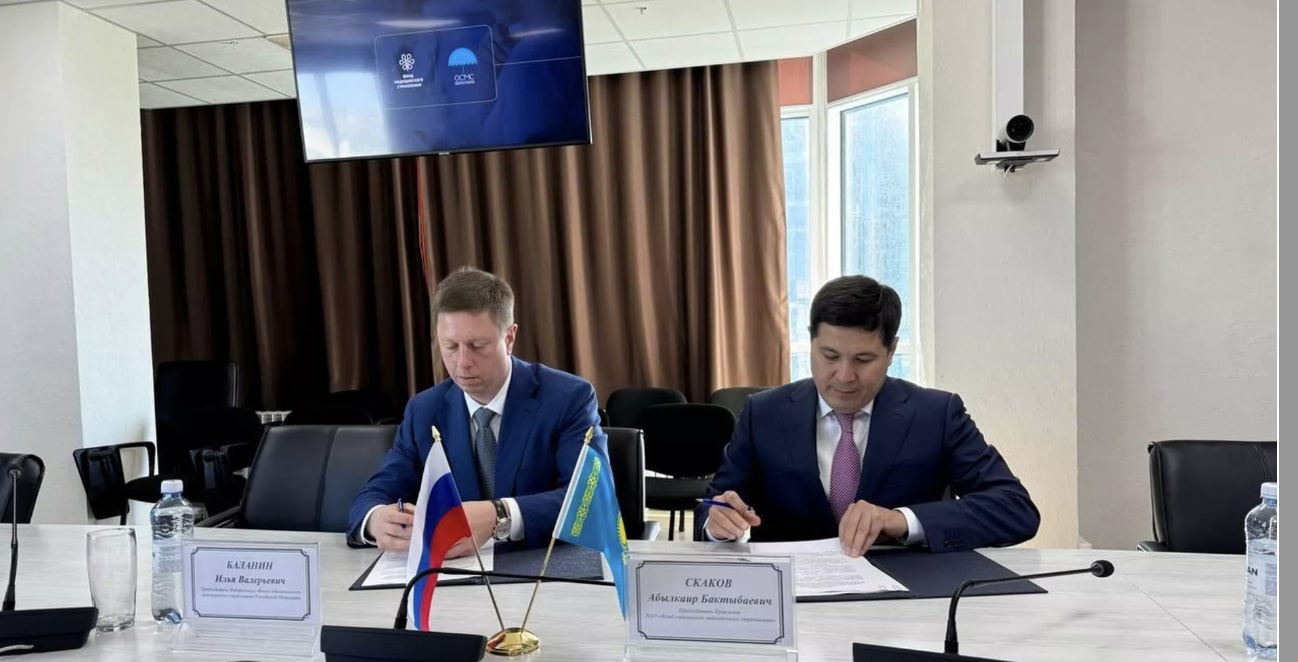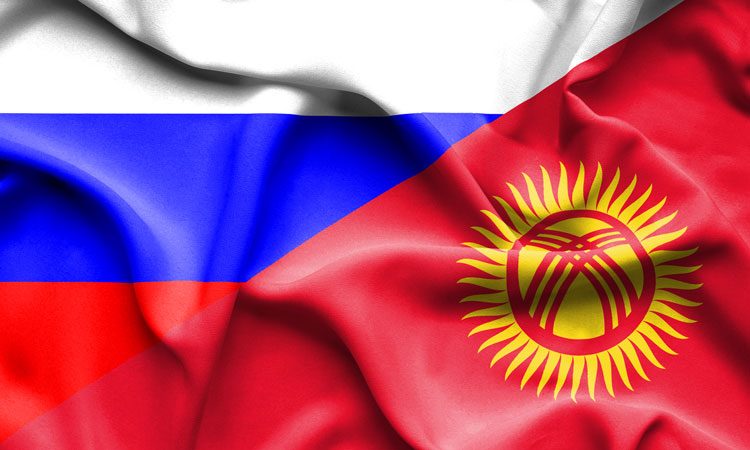The Russian Federation has budget and health insurance mixed financing arrangements with a predominant insurance component [1], [2]. The health system is funded through the Federal Fund for Mandatory Medical Insurance (Federal Fund) and direct transfers from the federal and local budgets. the state guaranteed programme of free medical care provides free medical care for citizens, with eligibility approved yearly. The programme includes basic medical services (at outpatient and inpatient settings), high-tech medical care and ambulance services[3]. Federal budget programmes finance capital expenditure on infrastructure, health workforce salaries, modernization of primary care, digitalization and certain priority diseases such as cardiovascular disease, diabetes, cancer[2], [4].
The Federal Fund for Mandatory Medical Insurance was established in 1993. The Federal Fund’s territorial funds contract with insurance companies, pay insurance companies for health services provided to insureds, control the quality of care and protect the rights of the insured[5]. Insurance companies sign contracts with individuals and oversee quality of care. As of 2019, there were 86 territorial funds. The Federal Fund, including its territorial funds, also monitors use of financial resources.
Key figures
Since 2000, Russia has been spending around 5% of GDP on health and increased spending to 7.6% of GDP in 2020 with the COVID-19 pandemic[6]. Health expenditure per capita grew almost fourfold from Int$ 603 international dollars in 2005 (the average was almost half at Int$ 356) to Int$ 2,278 in 2020 (the CIS average was Int$ 984). Government health expenditure as a share of total general government expenditure was slightly under 10% for many years starting ins 2000, with a low of 8.2% in 2016 and highs of 10.2% in 2019 and 13.6% in 2020. Out-of-pocket spending gradually increased from 30.2% of current health expenditure in 2000, 35.8% in 2014, and 40.05% in 2016 and 2017, before sharply declining to 27.8% in 2020. The share of private health expenditure was around 40% starting in 2000, peaking at 43% in 2016 and decreasing to 38.8% in 2019 and 29.5% in 2020[6]. Compulsory health insurance made up 24.4% of all current health expenditure in 2000, increasing steadily and reaching 32.5% in 2020, while government subsidies as a percentage of the health insurance fund decreased from 97% in 2000 to 38.2% in 2016-2017, indicating the fund’s maturity[6].
References
[1] Federal law dated 29 November 29 2010, #326-ФЗ (amended 19 December 19 2022) “On compulsory health insurance in the Russian Federation”.
[2] Federal law dated 5 December 2022, #466-ФЗ “On the federal budget for 2023 and for the planning period of 2024 and 2025”.
[3] Decree of the Government of the Russian Federation dated 29 December 29 2022, #2497 “On the Program of State Guarantees of Free Provision of Medical Care to Citizens for 2023 and for the Planning Period of 2024 and 2025”.
[4] National projects “Health care” and “Demography”, Ministry of Health of the Russian Federation. Accessed 3 March 2023.
[5] Federal Compulsory Health Insurance Fund. The meeting of Prime Minister Mikhail Mishustin with Chairman of the Federal Compulsory Health Insurance Fund Ilya Balanin. News – The Russian Government. Accessed 10 March 2023.
[6] Global Health Expenditure Database. Accessed 9 March 2023.




